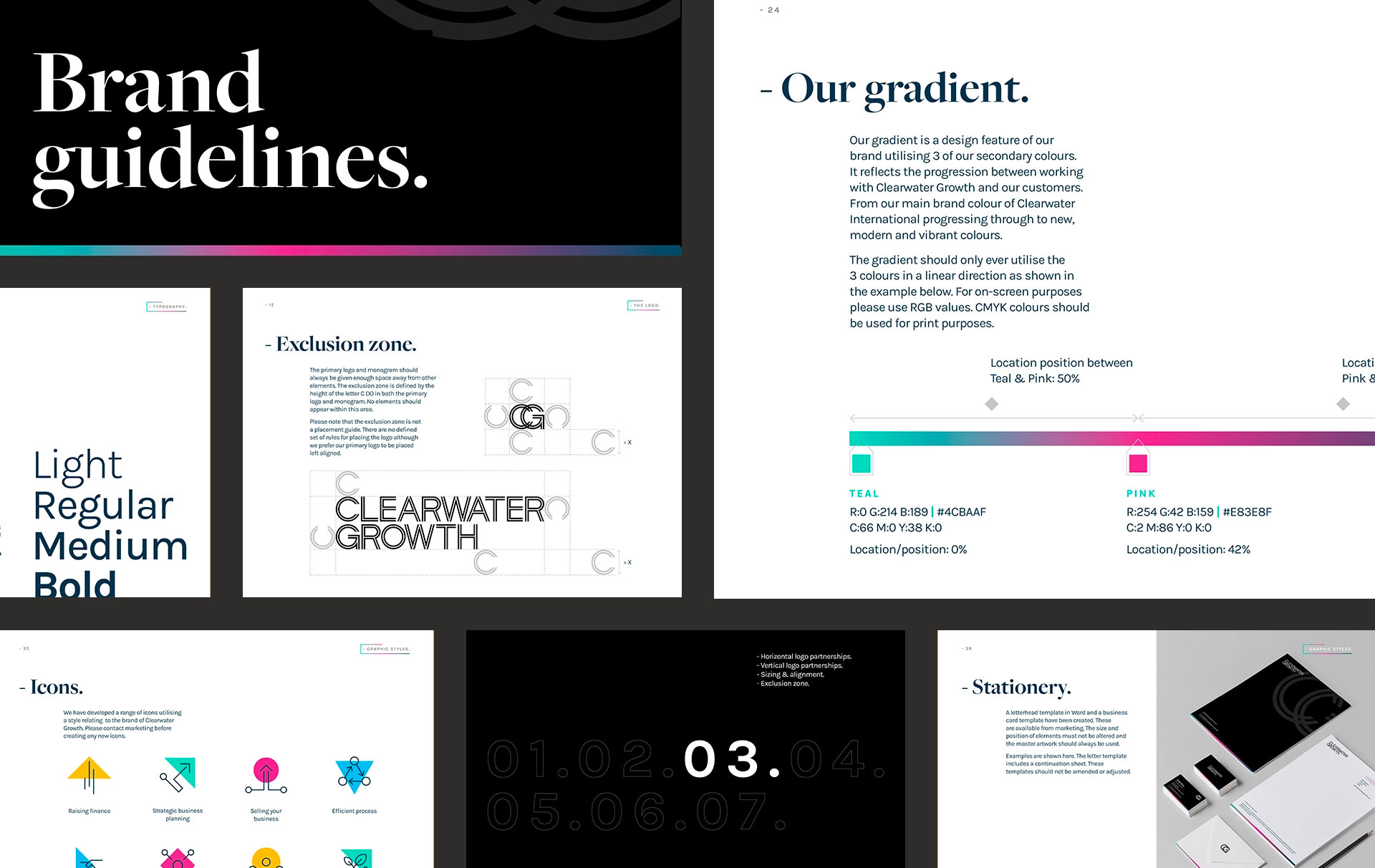Brand identity refers to the visual and verbal elements that represent a company, product, or service. It encompasses the company’s name, logo, colors, typography, tone of voice, and other visual and verbal elements that help distinguish it from competitors and communicate its values, personality, and offerings to its target audience.
Brand identity is a crucial aspect of branding since it helps create a consistent and recognizable image that builds trust and loyalty with customers. It also helps the company differentiate itself from its competitors and communicate its unique selling proposition effectively.
Developing a strong brand identity requires careful consideration of the company’s mission, values, target audience, and competitive landscape. It involves creating a cohesive and consistent visual and verbal language that resonates with the target audience and supports the company’s positioning and marketing objectives.

Here are 5 ways to develop a strong brand identity:
1. Define Your Brand Strategy
Start by defining your brand’s mission, vision, values, and unique selling proposition (USP). This will help you establish a clear direction and messaging for your brand that resonates with your target audience.
2. Create a Distinctive Visual Identity
Develop a visual identity that is distinctive, memorable, and consistent across all touchpoints. This includes your logo, color palette, typography, imagery, and other visual elements that represent your brand.
3. Establish a Consistent Tone of Voice
Develop a tone of voice that reflects your brand’s personality and values. This includes the language, style, and messaging used in all communications, from social media posts to email newsletters.
4. Ensure Consistency Across All Touchpoints
Consistency is key to building a strong brand identity. Ensure that your brand messaging, visual identity, and tone of voice are consistent across all touchpoints, including your website, social media channels, advertising, packaging, and other marketing materials.
5. Engage with Your Audience
Engage with your audience through social media, email marketing, events, and other channels. This will help you build a community around your brand and create a personal connection with your customers. Respond to customer feedback and use it to improve your brand messaging and offerings over time.
By following these steps, you can develop a strong brand identity that resonates with your target audience and helps differentiate your brand from competitors. It’s important to continually monitor and refine your brand identity over time to ensure that it remains relevant and aligned with your customers’ evolving needs and preferences.

